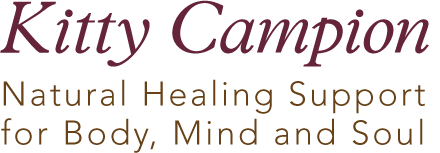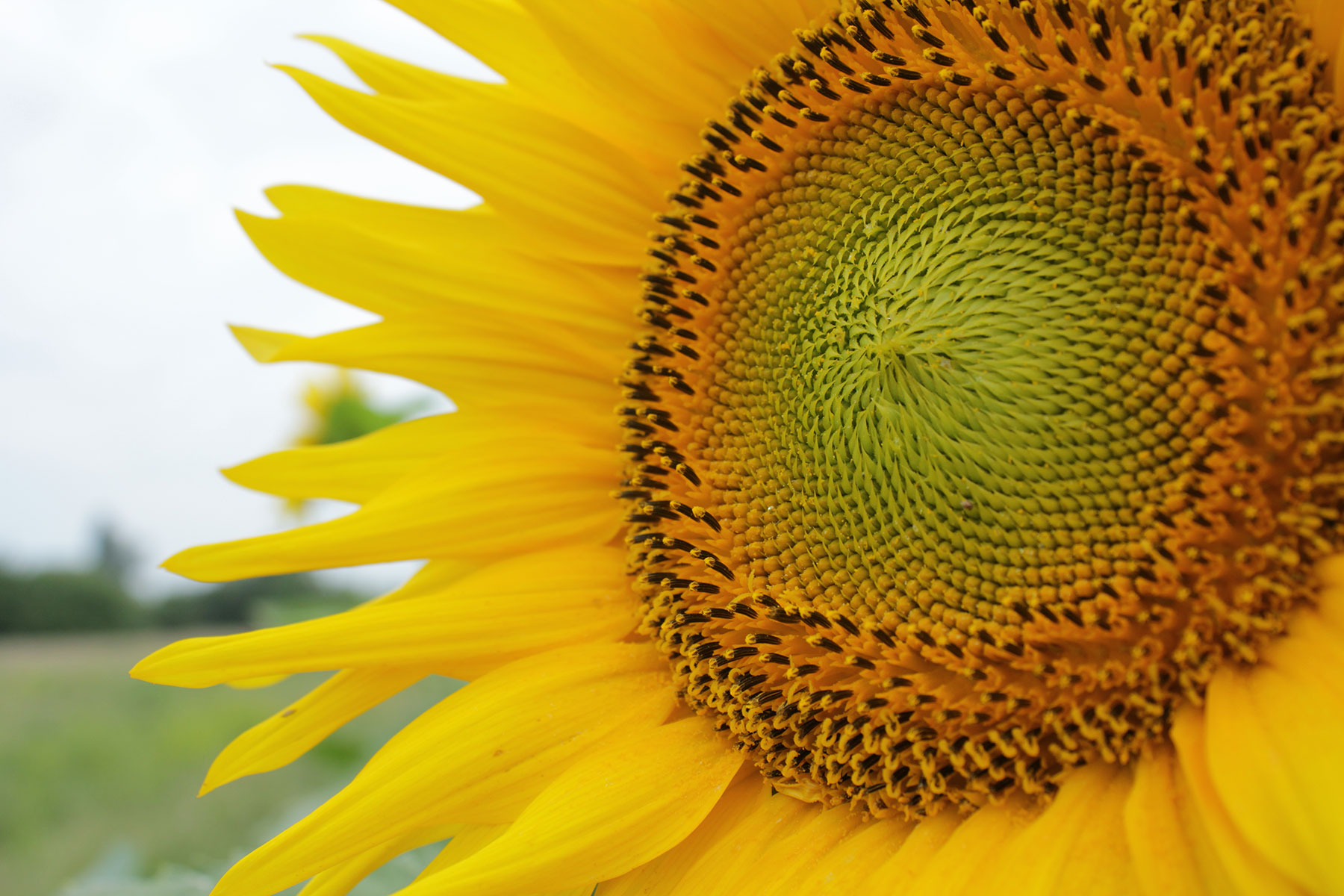I chose locations, as far as I am able, in the great outdoors which are both peaceful and inspiring. The ancient Greeks erected their sacred healing temples near running water to take advantage of the ions created there. Centuries later the israelis caught up with this and to this day many of their surgical wards have huge ionisers set up in the corners to encourage and accelerate the healing of surgical wounds. The Greeks made their patients sleep on straw on the ground so they were in contact with the healing magnetic pull of the earth and could literally be ‘grounded’. I’m not that rough on patients! I insist on private bedrooms with bathrooms ensuite (remember the major liver stone flush on day 4 where participants definitely need their own bathrooms). But I do encourage people to live as much outdoors as the weather permits while detoxifying.
Blue and Green Should Be Seen
The benefits of spending time in natural environments (often described as green or blue space suggesting marine/coastal environments) are immeasurable. That’s why I’ve chosen Alston Hall in Devon for my next 7 residential detox retreats set in 4 acres of quiet green countryside and close to a beautiful pristine beach. Epidemiological studies show a positive impact on a host of maladies such as cardiovascular, immune and mental health disorders associated with being in the great outdoors. Some of the benefits are obvious such as the greater chance of some exercise, beneficial sun exposure and even contact with aromatic plants that down regulate the human stress response with their enticing scents. But a less known benefit is the additional microbial input provided by the natural environment.
The bark of trees, leaves, soil and particulate matter in the air such as pollen and even marine spray are wonderful reservoirs of diverse microbes increasing exposure to unseen biodiversity. Rugby players come in frequent contact with the earth which results in them acquiring a much greater diversity of gut microbiota compared to size, gender and age matched controls. Just spending more time outdoors as opposed to indoors has been shown to positively alter the microbial profiles of animals so that they possess higher gut concentrations of Firmicutes, particularly lactobacilli and less potentially pathogenic phylotypes. Even the plants surrounding our homes have been connected to bacterial composition on the skin and the likelihood of allergic responses to common allergens. Some of you might just be old enough to remember hospital beds being wheeled out into surrounding gardens daily, sheets thrown back, patients exposed to breeze, sun and a wealth of blue and green. The elderly now in care homes are shut up for far too long with little variety of human contact and limited exposure to natural environments. Their gut microbiota diminishes by the day increasing biomarkers of inflammation and guaranteeing even poorer health outcomes. They are confined in buildings constructed with synthetic materials, plastics, concrete, timber and cardboard treated with pesticides and biocides, as are most of the rest of us. When these materials degrade, become damp or accumulate condensation in cavity walls they become colonised by all sorts of strains with which we did not co-evolve, some of which synthesis toxic molecules that many struggle to inactivate. Most of us spend 90% of our time indoors. Scary huh?
Play Outside
So I spend a lot of time encouraging people to play outside, spend time on the beach, roll in the grass, play with their animals outdoors. Individuals exposed to dogs and cats early in their life expose their owners to significantly richer and more diverse microbiota than those without pets.
I also rather like people to rub up against each other but not in a weird way I promise! Our valuable implantation of good probiotics begins from conception with colonisation from the mother starting in utero and it continues to be shaped by who we live and work with, share intermediary surfaces with, touch and kiss. So let’s try the French way. Two kisses one on each cheek. Even comparatively short term, direct skin contact, exerts a powerful influence on creating a more diverse microbiome.

